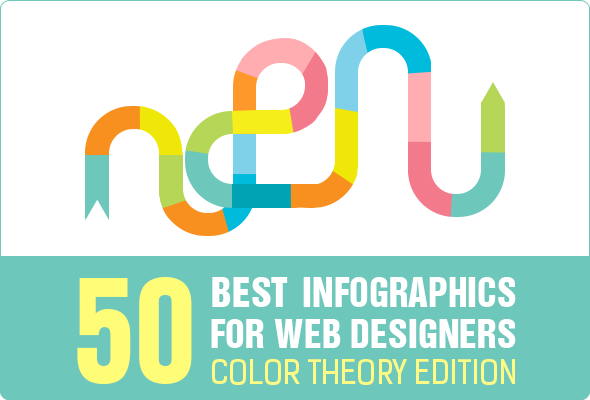Interested In Discovering Exactly How Internet Site Layout Has Progressed? Take A Trip Through The Improvement
Interested In Discovering Exactly How Internet Site Layout Has Progressed? Take A Trip Through The Improvement
Blog Article
Staff Writer-Tobiasen Hyldgaard
In the past, web sites were basic and focused on details. Navigating was straight, and layout was for desktop computers. Currently, customer experience is vital. https://www.google.com/maps/place/Moon+and+Owl+Marketing/@32.9757271,-106.5344695,1840583m/data=!3m1!1e3!4m6!3m5!1s0x864ddeaa4179705b:0x488d41d2cc6b9750!8m2!3d32.9757271!4d-97.5696258!16s%2Fg%2F11b6mpccrg?entry=ttu&g_ep=EgoyMDI1MDIxMS4wIKXMDSoJLDEwMjExNDUzSAFQAw%3D%3D overviews styles for simple navigation. Receptive layouts match different devices. Today, dark mode decreases pressure, and minimalist menus enhance navigation. Interactive features involve individuals, and vibrant visuals attract attention. AI integration boosts interaction. See how design has actually developed to boost your online journey.
Early Days of Website Design
In the very early days of web design, simplicity preponderated. Internet sites were standard, with minimal colors, typefaces, and designs. The emphasis was on offering details instead of fancy visuals. Individuals accessed the web with slow-moving dial-up connections, so speed and performance were key.
Navigation menus were straightforward, typically situated on top or side of the page. Websites were developed for desktop, as mobile browsing wasn't yet prevalent. Web content was king, and developers focused on simple readability over intricate design elements.
HTML was the primary coding language made use of, and developers needed to function within its constraints. Computer animations and interactive features were marginal compared to today's criteria. Sites were fixed, with little dynamic web content or personalized user experiences.
Surge of User-Focused Style
With the advancement of site style, a shift in the direction of user-focused design principles has ended up being increasingly noticeable. Today, producing sites that focus on user experience is vital for involving visitors and attaining company objectives. User-focused design involves recognizing the needs, choices, and behaviors of your target audience to tailor the site's format, content, and includes accordingly.
Developers currently conduct comprehensive study, such as individual surveys and functionality testing, to gather insights and responses directly from customers. This data-driven strategy assists in creating intuitive navigating, clear calls-to-action, and visually enticing interfaces that reverberate with visitors. By putting the user at the facility of the style procedure, sites can provide a much more tailored and delightful experience.
Receptive layout has also become an essential facet of user-focused design, making sure that internet sites are maximized for different gadgets and screen sizes. This adaptability boosts ease of access and usability, dealing with the diverse methods customers communicate with internet sites today. Essentially, the increase of user-focused layout symbolizes a shift towards developing electronic experiences that focus on the demands and assumptions of completion user.
Modern Trends in Web Design
Explore the latest patterns forming web design today. One popular fad is dark mode layout, using a smooth and contemporary appearance while decreasing eye stress in low-light settings. One more crucial fad is minimal navigating, streamlining food selections and improving individual experience by focusing on essential elements. Integrating micro-interactions, such as animated buttons or scrolling results, can produce a much more engaging and interactive web site. Responsive layout stays crucial, guaranteeing smooth individual experiences across numerous devices. Additionally, using bold typography and unbalanced layouts can add visual rate of interest and accentuate certain content.
Integrating AI modern technology, like chatbots for customer support or personalized referrals, improves individual engagement and enhances procedures. click here for info has also end up being a substantial fad, with designers prioritizing inclusive style techniques to deal with diverse user needs. Welcoming sustainability by enhancing internet site performance for rate and efficiency is an additional emerging trend in web design. Teaming up with individual comments and information analytics to repeat and improve style continuously is necessary for remaining relevant in the ever-evolving electronic landscape. By embracing these modern-day patterns, you can create a visually enticing, straightforward website that reverberates with your target market.
Conclusion
As you reflect on the advancement of website layout from the early days to now, you can see just how user-focused layout has ended up being the driving force behind modern trends.
Accept the trip of adjustment and adjustment in website design, constantly maintaining the customer experience at the center.
Stay present with the most up to date patterns and modern technologies, and never ever stop evolving your method to create visually magnificent and easy to use internet sites.
Advance, adapt, and create - the future of website design remains in your hands.
